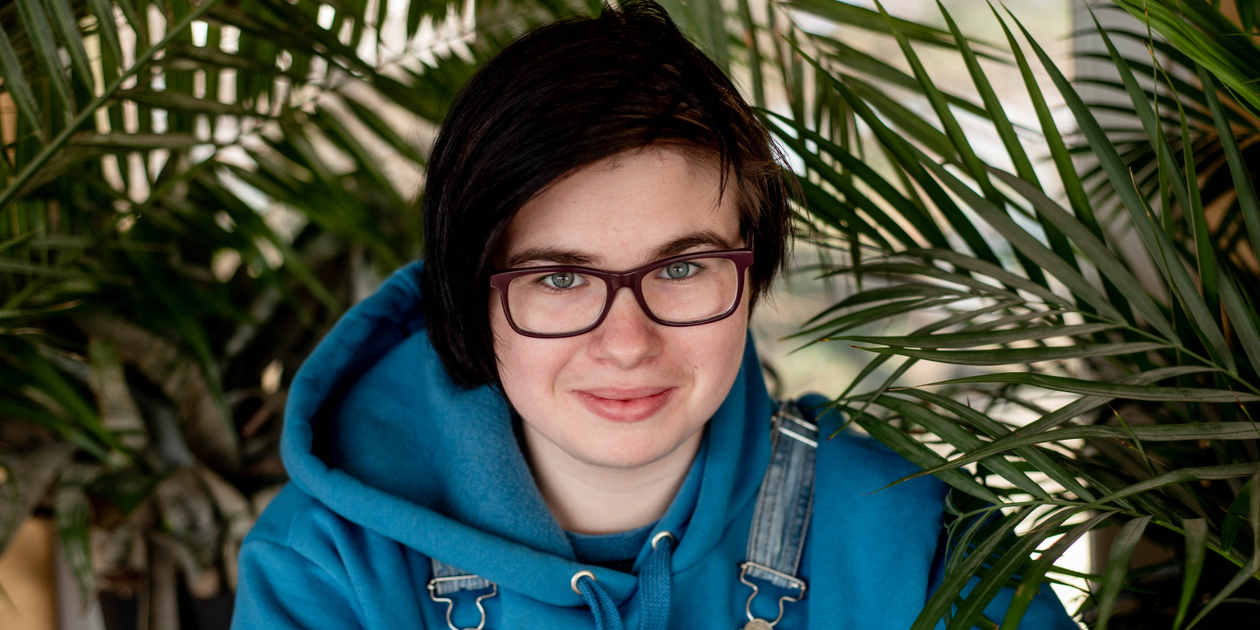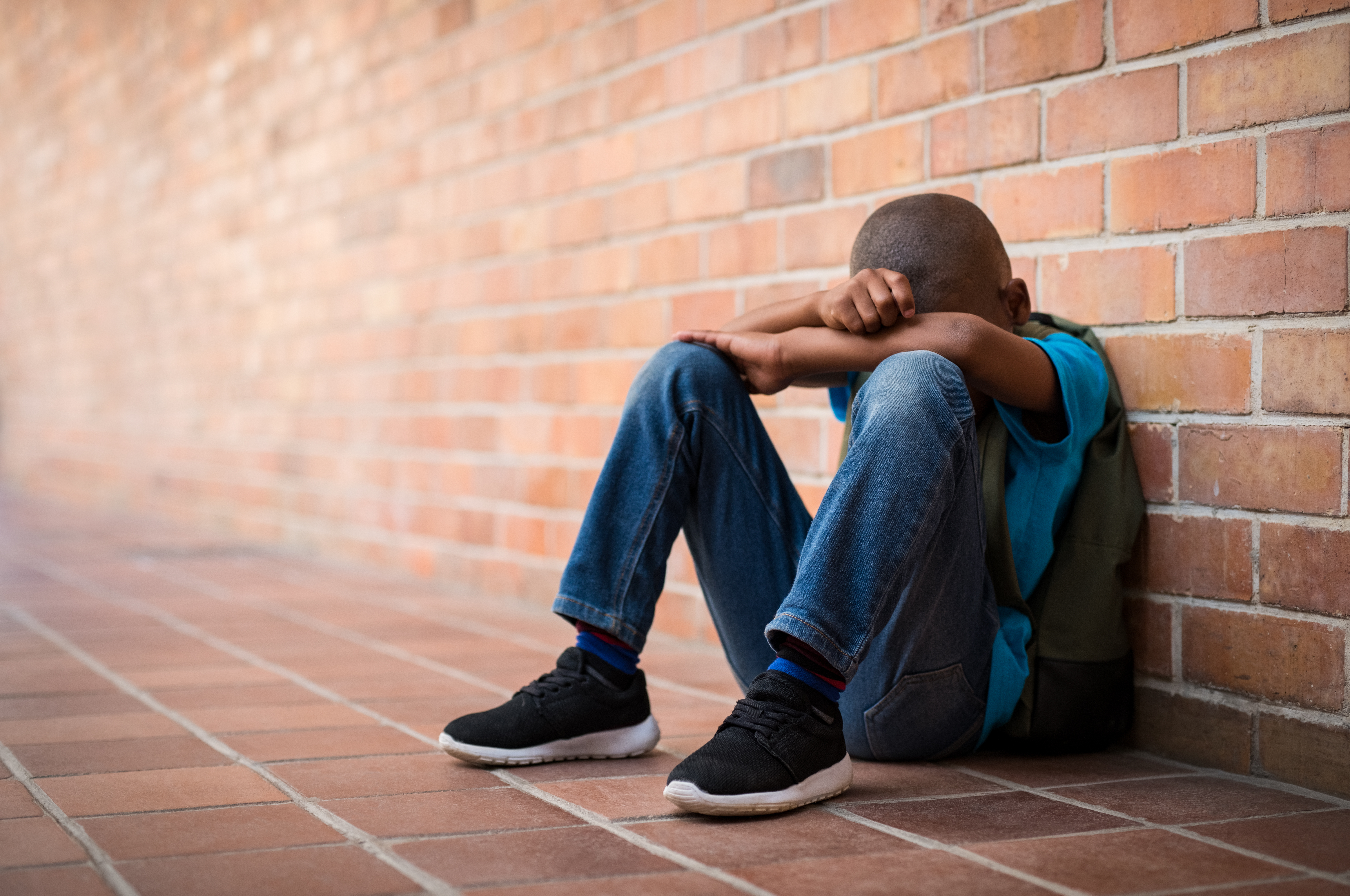Supporting students to overcome anxiety: an interview with Kemi Omijeh
We interview the writer of the new Academy course : Kemi Omijeh
The Interview
Hi Kemi, we’re so excited to release your course ‘Overcoming Anxiety in Schools’ as so many of our schools are desperate for support after such a difficult year. In your work as a school’s counsellor, have you seen a change in anxiety levels because of the pandemic?
Hi Helen, I’m excited too – I hope people find it useful! There’s certainly been an increase in the number of referrals I am getting for anxiety during this period, and this is to be expected. There’s been a global pandemic; we are still in the middle of it. That’s bound to have impacted us mentally and triggered some anxiety in a lot of us.
It’s important to note that anxiety serves the function of protecting us, and it’s also a way to cope with stress. So, in a global health crisis that has caused a lot of stress, our anxiety has been triggered because we want to feel safe, and we want a way to cope with stress. Understanding this about anxiety is a step towards overcoming it.
It’s not just young people who are feeling the strain, it’s been an incredibly anxious time for teachers too. Is there a chance that staff anxiety could be having an impact on the pupils?
Staff anxiety can impact the pupils because, firstly, children are incredibly observant; we often don’t give them enough credit for that. They can pick up on body language and non-verbal communication much more than some adults. So, children will be able to sense when your staff are anxious.
If staff are anxious, unless they have found a way to cope with their anxiety or are supported with their anxiety, this will show in their behaviours, and children will see this. So, it’s important that staff communicate their anxiety and are supported by it. Firstly and most importantly for themselves and as a way to support pupils, to ensure a calmer atmosphere in school and model coping with anxiety.
In the training, you talk about differentiating between worry and anxiety. What’s the difference and do you find people often get the two confused?
Yes, it can be confusing. The main difference between worry and anxiety is that anxiety is typically accompanied by physical symptoms and often interferes with everyday life or an aspect of everyday life. With worries, generally speaking, you can be worried and still get on with your day.
You talk about breaking the anxiety cycle – what’s the simplest way to do this?
The simplest way is to develop an awareness of your triggers, so what makes you anxious, as well as recognising when those anxious thoughts start to creep into your mind. Once you have that awareness, have a plan to deal with anxious thoughts. This could be through affirmations, deep breathing, journaling, distractions or talking to someone.
Is there anything proactive schools can be doing to reduce anxiety levels in their pupils?
Well, firstly I would say watch my Mable training ‘Supporting Pupils to Overcome Anxiety’! That will give school staff lots of ideas on how to reduce anxiety levels. Other things to do is promote good well-being and well-being practices regularly by talking to pupils about mental health, sharing coping strategies and encouraging them to be more open with their feelings. Also, make sure children know who to go to when they have difficulties.
You’ve made some ‘mindful moments’ for Mable, which we’ll be releasing soon, and I know you encourage teachers to practice mindfulness every day with their students. How does mindfulness reduce anxiety?
Mindfulness is so important and is a great tool to reduce anxiety. It can be as simple as finding a spot to focus on in the distance and counting your breaths. When you are anxious, you are in a heightened state. Mindfulness gives the brain that much-needed oxygen it needs to calm down. This act connects your brain with the here and now and distracts those anxious thoughts.
Your next training course is about supporting pupils with challenging behaviour. Is there a link between reducing anxiety and improving behaviour?
Yes, particularly in children, there is a link between anxiety and behaviour. Children don’t always have the right words to communicate their anxiety, so they communicate via their behaviours. If children are supported with their anxiety, and their anxiety reduces, so will those challenging, anxious behaviours.
- General mental health (32)
- Counselling (25)
- Anxiety (11)
- Generalised anxiety (10)
- Depression (7)
- Anger (4)
- Relationship Issues (4)
- Self-Harm (4)
- Suicidal Thoughts (4)
- Autism (3)
- Classroom Behaviour (3)
- Eating Disorders (3)
- Eating Issues (3)
- Loss (3)
- Phobias (3)
- Safeguarding (3)
- School Issues (3)
- LGBTQ+ (2)
- SEMH (2)
- SENCOs (2)
- Secondary & Sixth Form Schools (2)
- AAC (1)
- Absenteeism (1)
- Autism Support (1)
- Looked After/Adopted (1)
- OCD (1)
- Primary Schools (1)
- Social Communication (1)
- Trauma (1)
You may also like
These related stories

Understanding Gender Identity

The impact of loneliness during childhood and how to offer support
